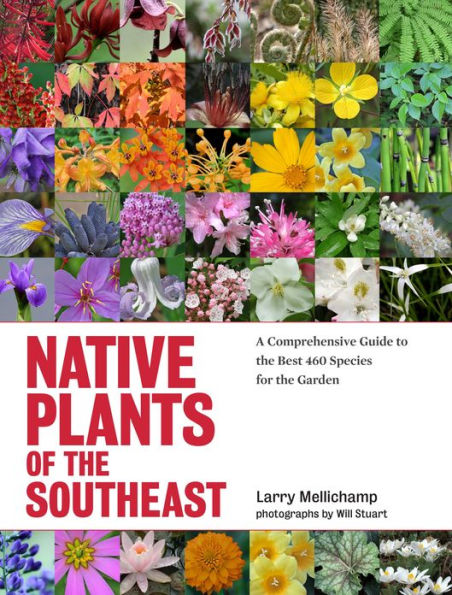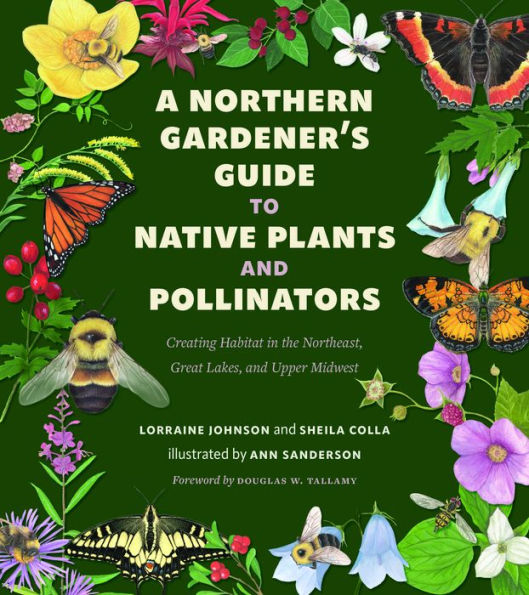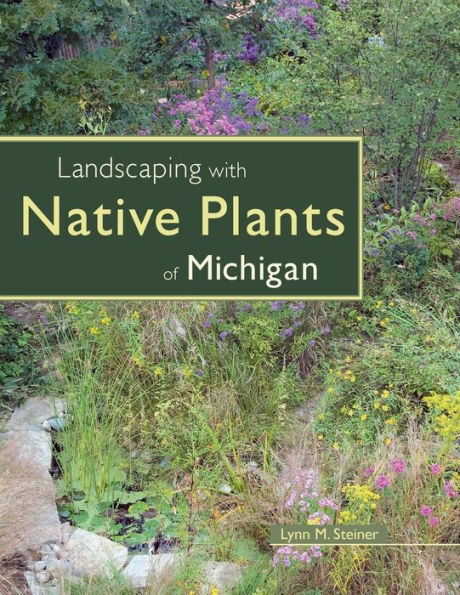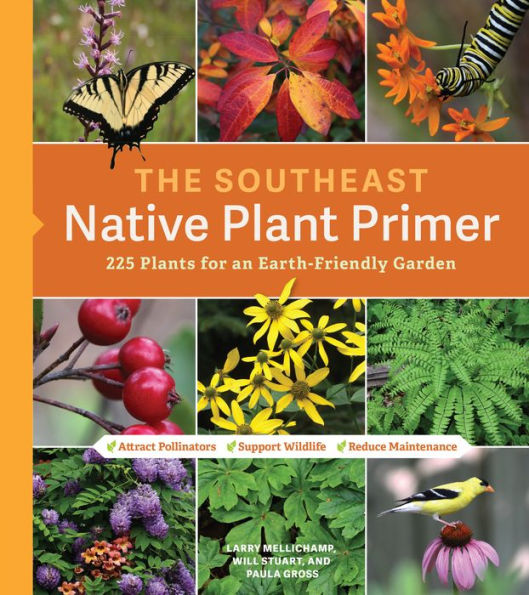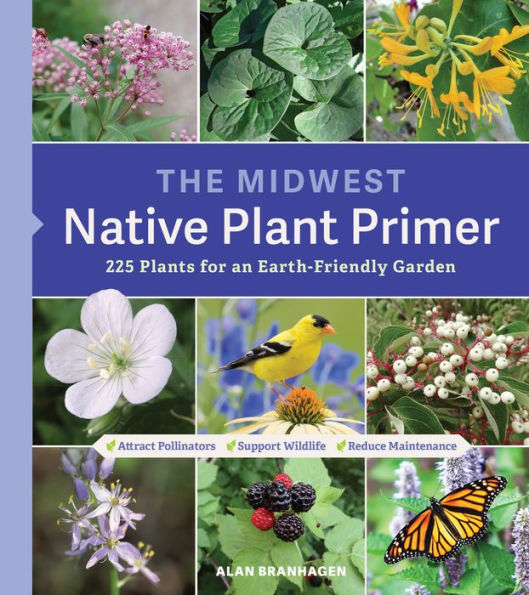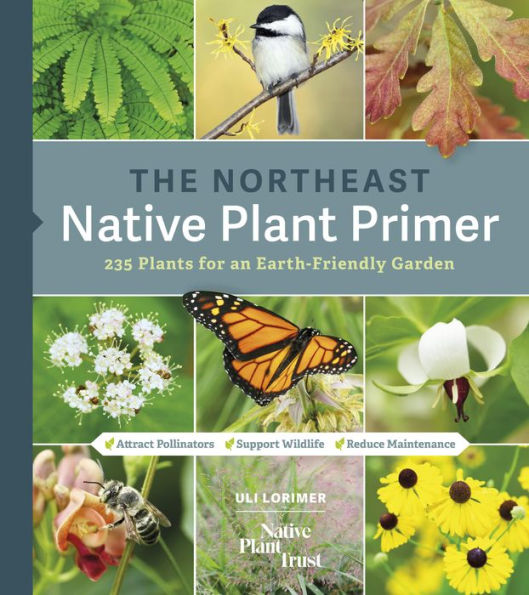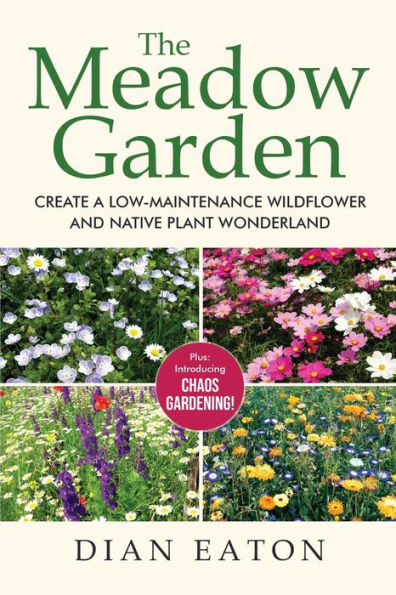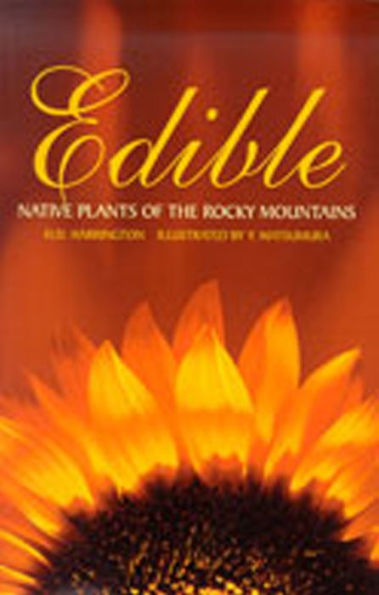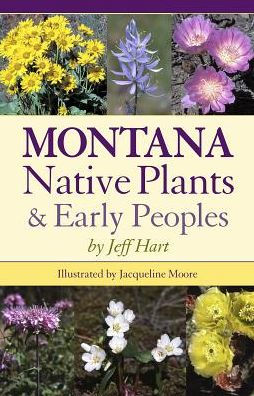Home
Best Native Plants for Southern Gardens: A Handbook for Gardeners, Homeowners, and Professionals
Barnes and Noble
Loading Inventory...
Best Native Plants for Southern Gardens: A Handbook for Gardeners, Homeowners, and Professionals
Current price: $29.95
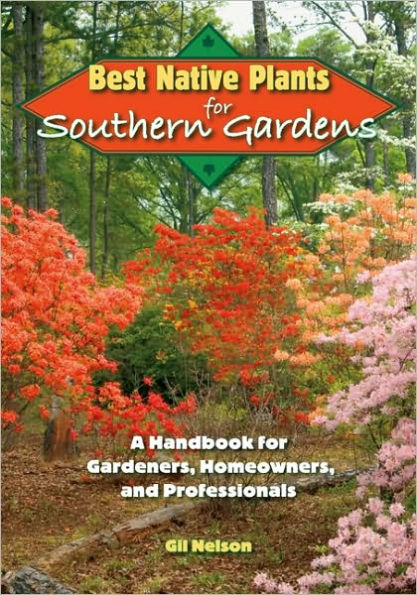
Barnes and Noble
Best Native Plants for Southern Gardens: A Handbook for Gardeners, Homeowners, and Professionals
Current price: $29.95
Loading Inventory...
Size: OS
*Product information may vary - to confirm product availability, pricing, shipping and return information please contact Barnes and Noble
An essential guide to native plants of the Southeast
"This book is filled to the brim with important information on native plants and is a must for any serious gardener in the southeastern region of the country."
Ginny Stibolt, author of
Sustainable Gardening for Florida
"Here is an authoritative, fact-filled guide for growing southeastern native plants from the author who wrote the field guides for identifying our native plants. His experience and knowledge will help us all become better native plant gardeners."
Steven P. Christman, editor,
Floridata.com
Best Native Plants for Southern Gardens
highlights and illustrates several hundred readily available and easy-to-grow native species for gardeners and landscapers living in Louisiana, Mississippi, Alabama, Florida, Georgia, South Carolina, North Carolina, and Virginia.
These native plants include shrubs, small and large trees, and a collection of perennials, all of which have proven to be extremely successful landscape plants in the southeastern United States. The average homeowner will be able to find many of these species in local retail nurseries whether or not these nurseries specialize in native plants.
Gil Nelson has created an indispensable, authoritative publication that describes and recommends high-performing native plants, tells readers how to avoid the use of invasive species in their gardens, and highlights the design of several specialty and wildlife gardens. With the help of regional experts, the included species have been selected based on field visits to retail and wholesale nurseries, private and public gardens and arboreta, personal knowledge and experience, and discussions with landscape and gardening enthusiasts, professionals, and experts throughout the region. The inclusion of more than 600 color photos makes this an easy-to-use, valuable addition to any gardener's library.
"This book is filled to the brim with important information on native plants and is a must for any serious gardener in the southeastern region of the country."
Ginny Stibolt, author of
Sustainable Gardening for Florida
"Here is an authoritative, fact-filled guide for growing southeastern native plants from the author who wrote the field guides for identifying our native plants. His experience and knowledge will help us all become better native plant gardeners."
Steven P. Christman, editor,
Floridata.com
Best Native Plants for Southern Gardens
highlights and illustrates several hundred readily available and easy-to-grow native species for gardeners and landscapers living in Louisiana, Mississippi, Alabama, Florida, Georgia, South Carolina, North Carolina, and Virginia.
These native plants include shrubs, small and large trees, and a collection of perennials, all of which have proven to be extremely successful landscape plants in the southeastern United States. The average homeowner will be able to find many of these species in local retail nurseries whether or not these nurseries specialize in native plants.
Gil Nelson has created an indispensable, authoritative publication that describes and recommends high-performing native plants, tells readers how to avoid the use of invasive species in their gardens, and highlights the design of several specialty and wildlife gardens. With the help of regional experts, the included species have been selected based on field visits to retail and wholesale nurseries, private and public gardens and arboreta, personal knowledge and experience, and discussions with landscape and gardening enthusiasts, professionals, and experts throughout the region. The inclusion of more than 600 color photos makes this an easy-to-use, valuable addition to any gardener's library.
An essential guide to native plants of the Southeast
"This book is filled to the brim with important information on native plants and is a must for any serious gardener in the southeastern region of the country."
Ginny Stibolt, author of
Sustainable Gardening for Florida
"Here is an authoritative, fact-filled guide for growing southeastern native plants from the author who wrote the field guides for identifying our native plants. His experience and knowledge will help us all become better native plant gardeners."
Steven P. Christman, editor,
Floridata.com
Best Native Plants for Southern Gardens
highlights and illustrates several hundred readily available and easy-to-grow native species for gardeners and landscapers living in Louisiana, Mississippi, Alabama, Florida, Georgia, South Carolina, North Carolina, and Virginia.
These native plants include shrubs, small and large trees, and a collection of perennials, all of which have proven to be extremely successful landscape plants in the southeastern United States. The average homeowner will be able to find many of these species in local retail nurseries whether or not these nurseries specialize in native plants.
Gil Nelson has created an indispensable, authoritative publication that describes and recommends high-performing native plants, tells readers how to avoid the use of invasive species in their gardens, and highlights the design of several specialty and wildlife gardens. With the help of regional experts, the included species have been selected based on field visits to retail and wholesale nurseries, private and public gardens and arboreta, personal knowledge and experience, and discussions with landscape and gardening enthusiasts, professionals, and experts throughout the region. The inclusion of more than 600 color photos makes this an easy-to-use, valuable addition to any gardener's library.
"This book is filled to the brim with important information on native plants and is a must for any serious gardener in the southeastern region of the country."
Ginny Stibolt, author of
Sustainable Gardening for Florida
"Here is an authoritative, fact-filled guide for growing southeastern native plants from the author who wrote the field guides for identifying our native plants. His experience and knowledge will help us all become better native plant gardeners."
Steven P. Christman, editor,
Floridata.com
Best Native Plants for Southern Gardens
highlights and illustrates several hundred readily available and easy-to-grow native species for gardeners and landscapers living in Louisiana, Mississippi, Alabama, Florida, Georgia, South Carolina, North Carolina, and Virginia.
These native plants include shrubs, small and large trees, and a collection of perennials, all of which have proven to be extremely successful landscape plants in the southeastern United States. The average homeowner will be able to find many of these species in local retail nurseries whether or not these nurseries specialize in native plants.
Gil Nelson has created an indispensable, authoritative publication that describes and recommends high-performing native plants, tells readers how to avoid the use of invasive species in their gardens, and highlights the design of several specialty and wildlife gardens. With the help of regional experts, the included species have been selected based on field visits to retail and wholesale nurseries, private and public gardens and arboreta, personal knowledge and experience, and discussions with landscape and gardening enthusiasts, professionals, and experts throughout the region. The inclusion of more than 600 color photos makes this an easy-to-use, valuable addition to any gardener's library.

